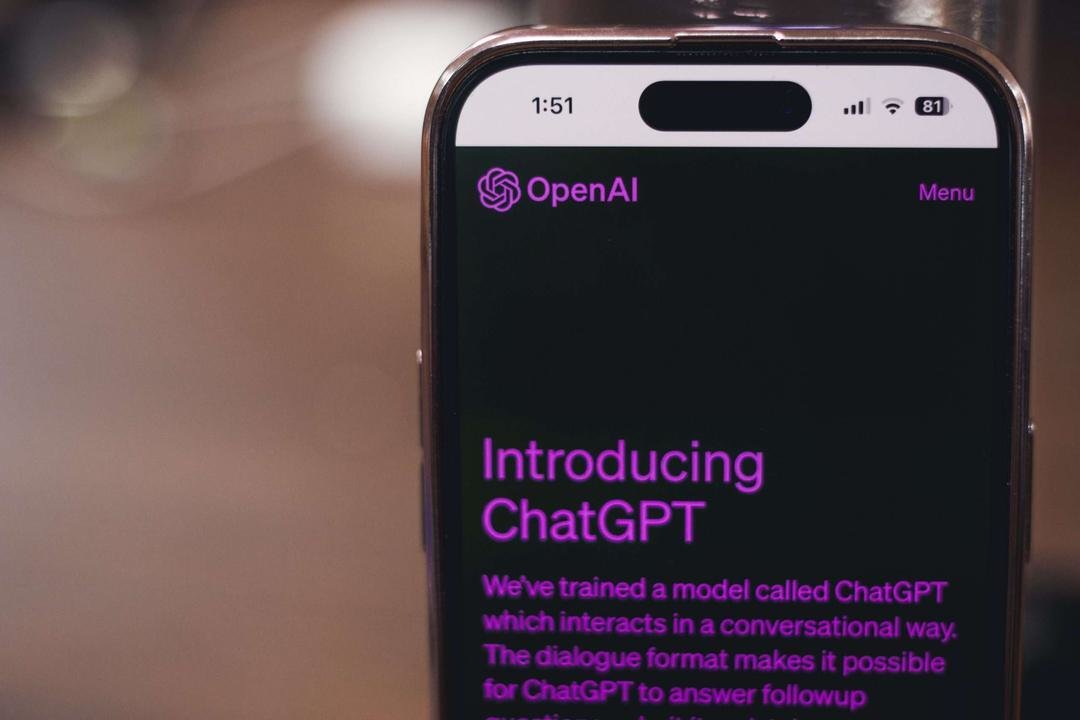Reales o artificiales, ¿qué queremos ser?

 Antonio Ruiz - @antonio_ark_ Marketing
Antonio Ruiz - @antonio_ark_ Marketing
En un mundo apantallado, de comunidades virtuales, con automatización de los sistemas, creación de opinión social por redes, auge de fake news, creación de tendencias por Tik Tok, influencers que generan decisiones de compra y youtubers que generan contenido con saltos generacionales, ¿qué hacemos? Confiamos en las personas reales o artificiales.
Cuando hace pocos días el fotógrafo Boris Eldagen rechazó el premio de fotografía Sony World Photography Awards reconociendo que su fotografía la había creado una Inteligencia Artificial (IA) me terminó de quedar claro la ruptura fronteriza entre lo artificial y lo real para la mayor parte de la sociedad.
El año pasado las criptomonedas y el metaverso eran la moda que irrumpió en el sector tecnológico generando muchas dudas. Ahora en los últimos meses asistimos a la inteligencia artificial generativa.
Pero… si es así “la inteligencia es la facultad de la mente que permite aprender, entender, razonar, tomar decisiones y formarse una idea determinada de la realidad”, ¿qué opinas si te aseguro que esto lo puede realizar un software online?
Desde el pasado Noviembre se puede comprobar a través de ChatGPT, Bard, Sydney, Anthropic, etc… los inversores de capital riesgo ya están invirtiendo millones en este tipo de software.
Puede que te preguntes y qué puede hacer la IA para el usuario de a pie, acciones como:
Generación de texto como noticias, historias, poesía, etc., imágenes, música, artes visuales, diseños de moda y arquitectura, contenido para videojuegos como: niveles, personajes, objetos o diálogos. Generación de contenido publicitario: como anuncios de texto, imágenes y videos, para campañas de marketing.
Si tú o alguien de tu entorno quiere probar la IA puede hacerlo gratuitamente con herramientas como: GPT-3 , DALL-E, StyleGAN, CycleGAN, Pix2Pix, DeepArt, Runway, ML, Magent, Artisto o NeuralStyler.
Estos entornos artificiales que pasan a ser reales plantean retos para los modelos educativos, la sociedad y la legislación actual. No sólo desde un punto de vista ético, sino de privacidad, seguridad, discriminación, generación y pérdida de empleo, y en gran medida el aumento de la diferencia social y generacional. En este panorama damos lugar a la existencia de meta humanos, personas cuyas habilidades y capacidades productivas se ven multiplicadas gracias al uso de estas tecnologías.
Sin duda sigo prefiriendo la realidad de tomarme un buen vino en el Puerto en buena compañía y disfrutar del entorno de Sotogrande, porque de momento eso si es real. Aunque no sé si este artículo lo he escrito yo o ChatGPT, ¡¿qué opinas?
Real or artificial, what do we want to do?
In a world of screens, of virtual communities, with the automation of systems, the creation of social opinion on networks, the rise of fake news, the creation of trends on Tik Toks, influencers that generate purchasing decisions and YouTubers that generate content with generational leaps, what are we doing? Do we place our trust in real or artificial people.
A few days ago, when the photographer Boris Eldagen rejected the Sony World Photography award, acknowledging that his photograph had been created by Artificial Intelligence (AI) the boundary break between what is artificial and real for most of society was finally made clear to me.
Last year, crypto currencies and the metaverse were the trend that broke into the technology sector generating a lot of doubts. Now, over the last few months we have witnessed generative artificial intelligence.
However,... if that is the case “intelligence is the power of the mind that makes it possible to learn, understand, reason, take decisions and form a specific idea of reality,” what do you think if I assure that I can do this with online software?
Since last November it can be seen through ChatGPT, Bard, Sydney, Anthropic, etc… venture capitalists are already investing millions in this type of software.
You may be wondering and what can AI do for the typical user, actions such as:
Creating text such as news, stories, poetry, etc., images, music, visual arts, fashion designs and architecture, content for video games such as: levels, characters, objects, or dialogues. Creation of advertising content: such as text announcements, images, and videos, for marketing campaigns.
If you or someone around you wants to try AI you can do so for free with tools such as: GPT-3 , DALL-E, StyleGAN, CycleGAN, Pix2Pix, DeepArt, Runway, ML, Magent, Artisto and NeuralStyler.
These artificial environments which are becoming real pose challenges to educational models, society, and current legislation. Not only from an ethical point of view, but also in terms of privacy, security, discrimination, creation, and loss of employment, and to a large extent the increase in the social and generational difference. Within this panorama we are giving rise to the existence of meta-humans, people whose skills and production capacities are multiplied thanks to the use of these technologies.
Undoubtedly, I continue to prefer the reality of enjoying a good wine at the Port in good company and enjoying the Sotogrande environment, because at the moment that is real. Although I do not know if I have created this article or if ChatGPT has, what do you think?
